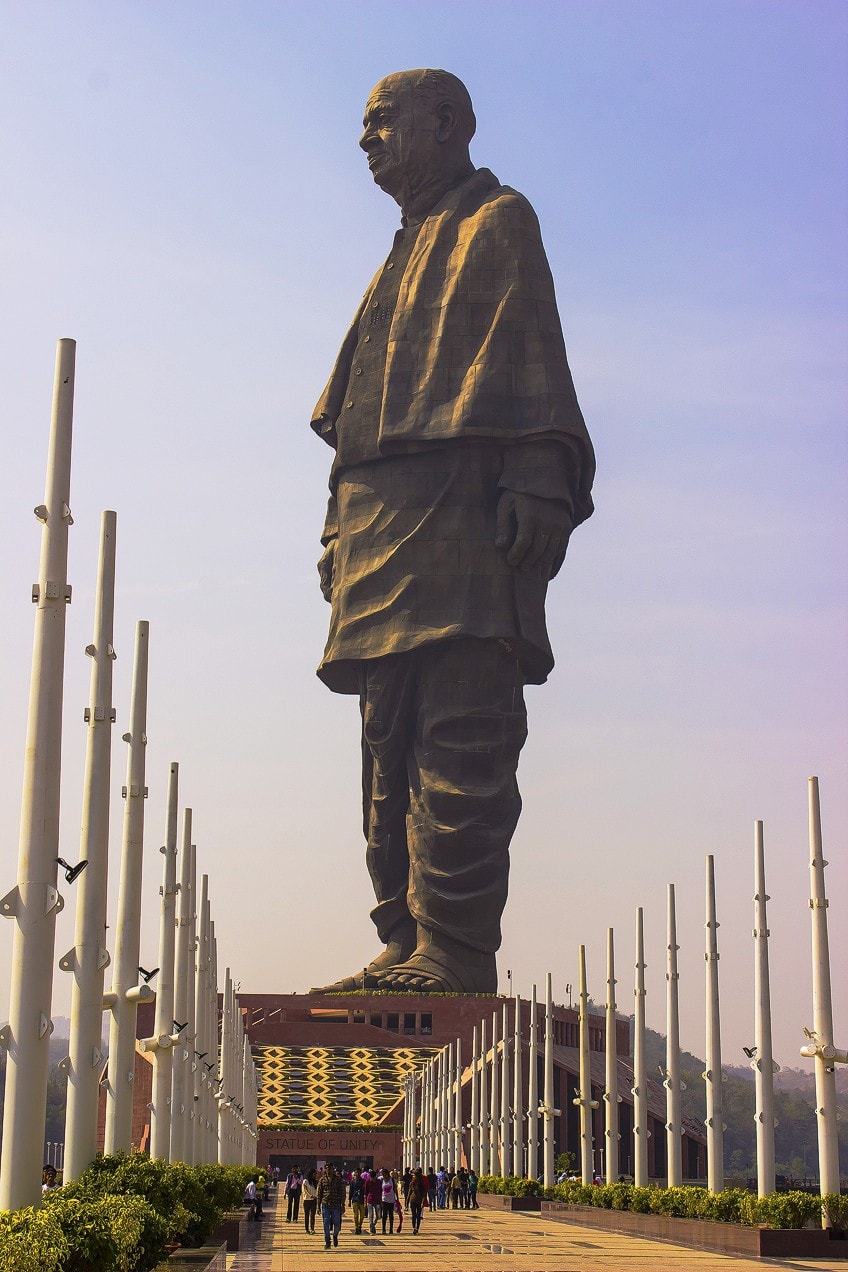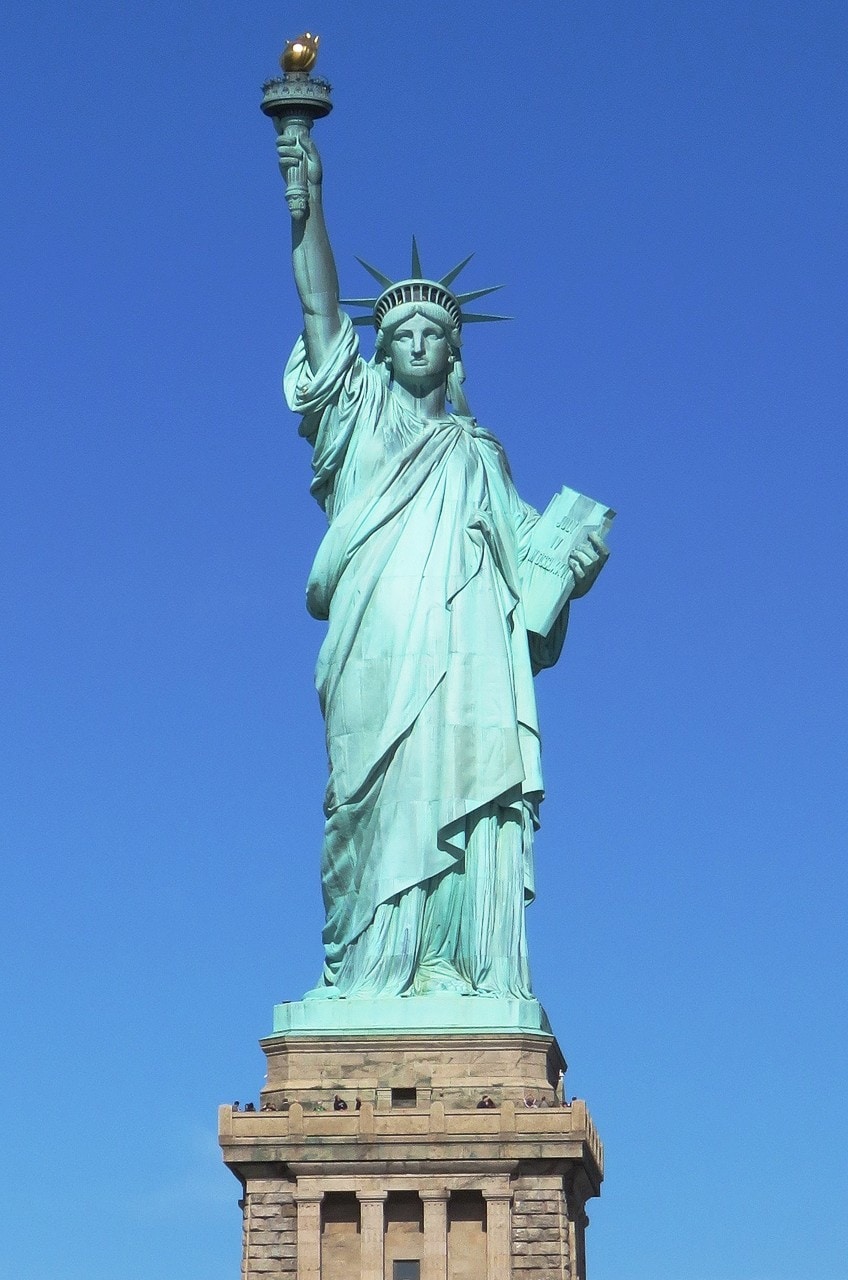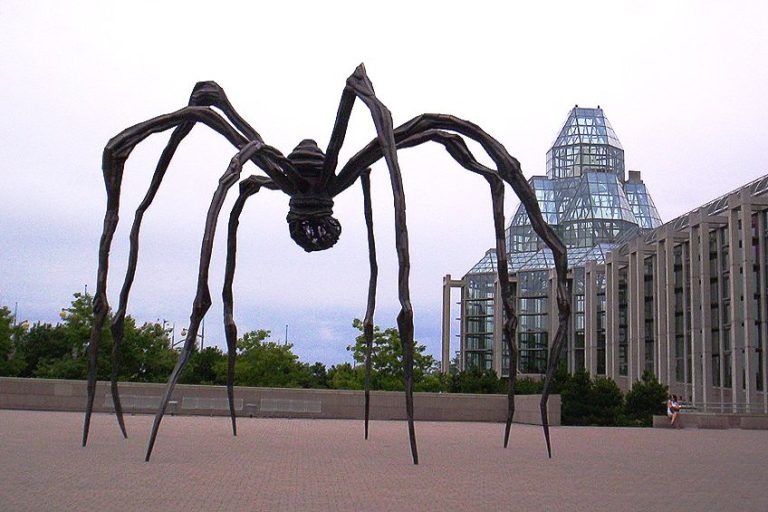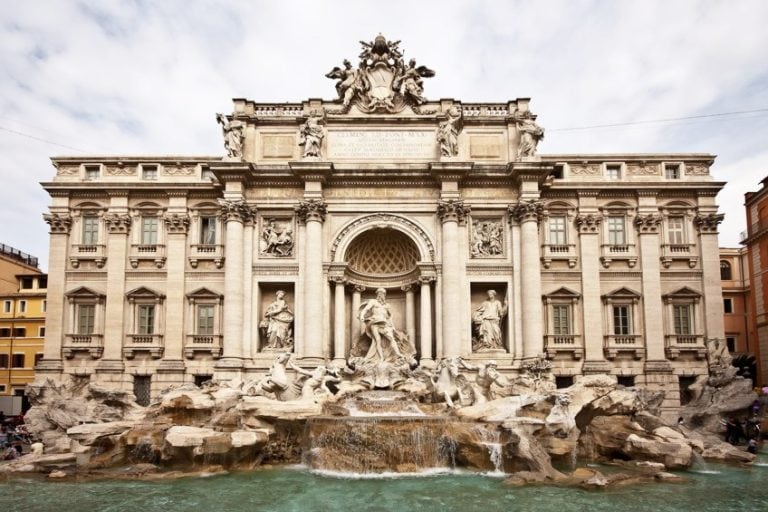What Is a Freestanding Sculpture? – Different Types of Sculptures
The world is full of famous sculptures – from the ancient Greeks and Romans to ultra-modern designs. Yet, not all sculptures are produced in the same manner, and some are created in relief while others are freestanding. What is a freestanding sculpture though? In this article, we will explore the meaning of the term as well as look at a couple of examples.
Table of Contents
What Is a Freestanding Sculpture?
The method for producing a sculpture may be tedious, and there is no question that the sculptor must put in a great deal of energy and hard labor to get the preferred outcome. The first stage is to design the concept, and then proceed to the following process, which is to make the sculpture.
The creator lays out the material to establish the preliminary shapes during this phase, which is typically the biggest and hardest part of the project. This is called additive sculpting.
The other type of sculpting is called subtractive sculpting – in this case, a sculptor will start with a large piece of material such as marble, and remove pieces bit by bit until he is left with the desired result. Carving is a popular method for producing subtractive sculptures. Many freestanding artworks that can be seen across the world today were created by cutting stones such as granite or marble. Some sculptures are also manufactured through molding and assembly. Casting entails creating a mold and injecting liquid material into it.

The mold is removed when the liquid has set, leaving behind a cast sculpture. Mediums such as wax, clay, and bronze are commonly used in casting. This is also an illustration of an additive sculpting approach. After that, the sculptor begins to add intricate details to the artwork, but always remembering to keep the fundamental form and proportions of the piece of art to help it preserve its individuality and aesthetic qualities. Before proceeding with any of those steps though, he will first decide if the statue will be produced in relief or if it will be freestanding.
The phrase “freestanding sculpture” refers to a piece of art that is not intended to be hung on a wall.
Freestanding sculptures frequently have a tiny base that is installed on a plinth, which is a tiny foundation that functions as a pedestal. The statue is then either connected to the plinth. As a result, the sculpture is placed centrally and can be seen from all angles. Occasionally freestanding sculptures are showcased in public locations, but they may also be put in personal gardens or exhibited in museums.

Free-standing artworks are those that are not connected to anything, such as a fence, wall, window, or structure. Typically, free-standing sculptures are constructed of wood, stone, metal, or glass. These can be located in large public buildings, monuments, and parks.
Some free-standing artworks, such as the Confederate memorial in Durham or the “Statue of Liberty”, are created specifically for public locations.
The Difference Between Relief and Freestanding Sculptures
The dimensions of a freestanding sculpture include height, breadth, and depth. It is possible to move around it and observe all three of these dimensions. Relief sculpture can also have all three dimensions; however, the depth dimension is always shallow and stays linked to the substrate. The sculpture is mostly flat. A relief sculpture, like a painting, is part of the background. There may be both lower and higher relief.
A free-standing sculpture is one that has no background and a great free-standing sculpture may have a front, but it is as appealing from all angles.
Examples of Freestanding Sculptures
Now that we have some clarification on what a freestanding sculpture is, we can take a look at a few famous examples. These will help clear any questions you might still have regarding freestanding sculptures. Chances are, you will know most of these examples already, and you have most likely seen a freestanding sculpture more recently than you realize.
The Statue of Liberty (1886) by Frédéric Auguste Barthold, New York
| Sculptor | Frédéric Auguste Bartholdi (1834 – 1904) |
| Date | 1886 |
| Medium | Copper, gold, steel, cast iron |
| Location | New York City, New York |
This statue is most likely one of the world’s most famous freestanding sculptures. The Statue of Liberty is considered an international symbol of freedom and liberty and towers over Upper New York Bay. Originally planned as a symbol of friendship between the United States and France, and also a gesture of their common quest for liberty, the statue has over time evolved into much more than just a symbol. It is the Mother of Exiles, welcoming millions of newcomers and representing promise and freedom for those pursuing a brighter life in America.
It instills a longing for liberty in individuals all across the world: It symbolizes the United States of America.

Christ the Redeemer (1931) by Paul Landowski, Rio de Janeiro
| Sculptor | Paul Landowski (1875 – 1961) |
| Date | 1931 |
| Medium | Soapstone |
| Location | Rio de Janeiro, Brazil |
For over a century, scholars and historians have been captivated by this freestanding sculpture. Not only is the monument the most identifiable sight in Rio, but it has also become a cultural symbol in Brazil. Most significantly, the monument has become a global icon of Christianity, attracting millions of Christians and non-believers to the summit of Mount Corcovado each year.
The concept of creating a gigantic statue of Jesus Christ in Rio dates back to the 1850s when a parish priest proposed erecting a Christian sculpture on top of Mount Corcovado.

It wasn’t until after the first World War that the Roman Catholic archbishop in Rio and a collective of locals became worried about the “complete absence of religious faith” among the general public in Brazil, and it was anticipated that erecting a huge monument of Christ on a mountaintop in Rio would help fight against what they viewed as the country’s “growing godlessness.” It was suggested that the monument be put on the peak of Mount Corcovado, so that it could be seen from wherever in Rio and so signify a manner of “reclaiming Rio” to Christianity.
As we have learned today, freestanding sculptures are more common than one might think at first. Once one gets a better understanding of the differences between relief and freestanding sculpture, it becomes much easier to spot one out in the “wild”. Freestanding sculptures such as the “Statue of Liberty” are able to rise above the skyline completely unaided by supports or a background.
Frequently Asked Questions
What Is a Freestanding Sculpture?
A sculpture that is said to be freestanding does not require any structures to keep it up. Another way to recognize a freestanding sculpture is by looking to see if it is accompanied by any sort of background. Freestanding sculptures do not need to be hung or propped up, and they can be admired from any angle. Most of them are placed in a location where people can walk around them fully.
What Is the Main Difference Between Freestanding Statues and Relief Sculptures?
Whereas freestanding statues usually don’t require any background structure, relief artworks are usually connected to a background and slightly extend outwards from it. You get high and low-relief sculptures, and as the names indicate, they differ by how far outwards from the background they extend. Egyptian wall carvings are a good example of relief sculpture.
Isabella studied at the University of Cape Town in South Africa and graduated with a Bachelor of Arts majoring in English Literature & Language and Psychology. Throughout her undergraduate years, she took Art History as an additional subject and absolutely loved it. Building on from her art history knowledge that began in high school, art has always been a particular area of fascination for her. From learning about artworks previously unknown to her, or sharpening her existing understanding of specific works, the ability to continue learning within this interesting sphere excites her greatly.
Her focal points of interest in art history encompass profiling specific artists and art movements, as it is these areas where she is able to really dig deep into the rich narrative of the art world. Additionally, she particularly enjoys exploring the different artistic styles of the 20th century, as well as the important impact that female artists have had on the development of art history.
Learn more about Isabella Meyer and the Art in Context Team.
Cite this Article
Isabella, Meyer, “What Is a Freestanding Sculpture? – Different Types of Sculptures.” Art in Context. November 5, 2022. URL: https://artincontext.org/what-is-a-freestanding-sculpture/
Meyer, I. (2022, 5 November). What Is a Freestanding Sculpture? – Different Types of Sculptures. Art in Context. https://artincontext.org/what-is-a-freestanding-sculpture/
Meyer, Isabella. “What Is a Freestanding Sculpture? – Different Types of Sculptures.” Art in Context, November 5, 2022. https://artincontext.org/what-is-a-freestanding-sculpture/.











